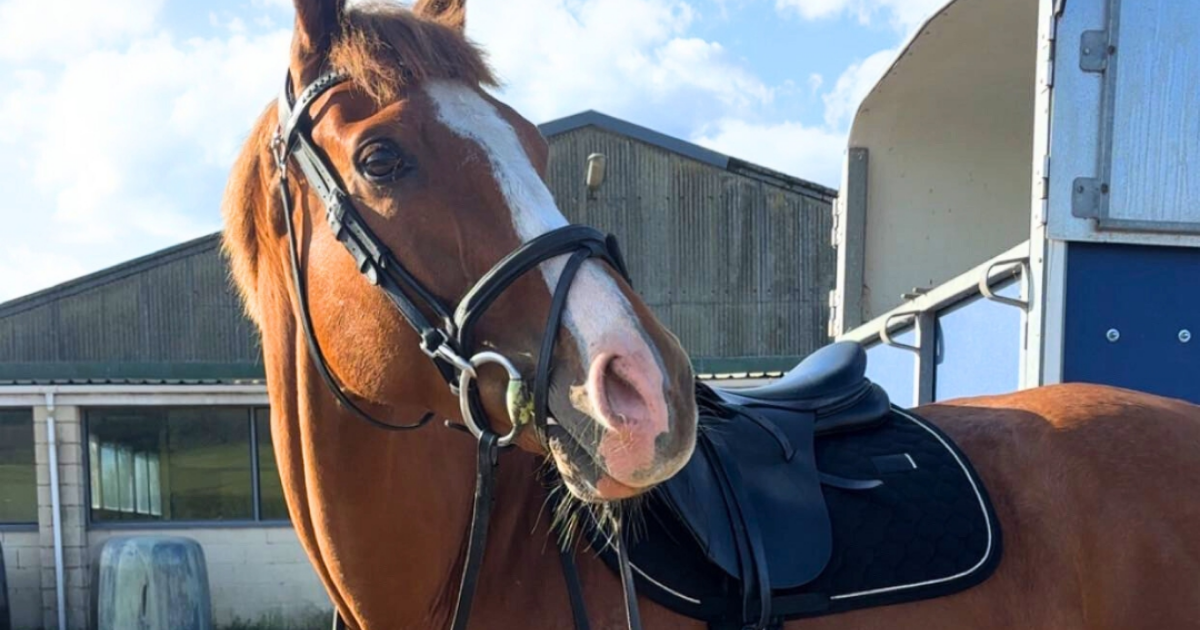What Reins Are Right For My Horse?
What Reins Are Right For My Horse?
In the world of equestrianism, the relationship between horse and rider is paramount, and the reins serve as a vital link in this connection. Just as every horse has its own personality and preferences, there exists a diverse array of reins designed to cater to various needs and riding styles. From classic leather to modern rubber, each type of rein offers unique advantages and considerations.
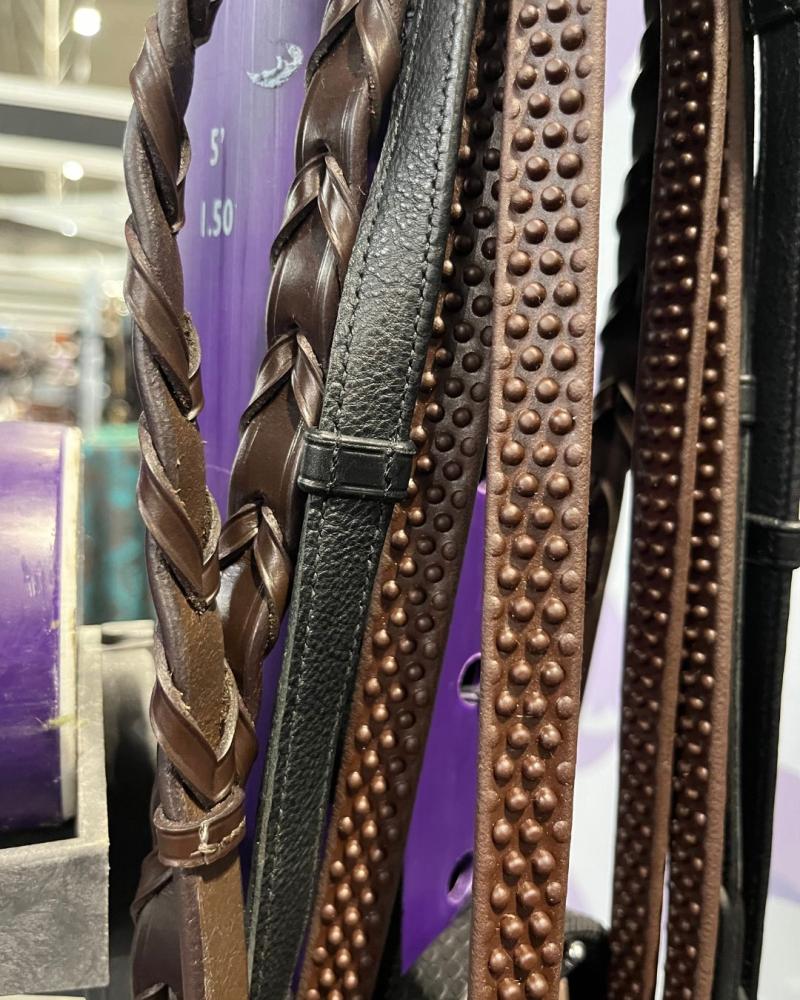
In this guide, we'll explore the different types of horse reins available, providing insights into their characteristics and functionalities. Whether you're a seasoned rider or a novice enthusiast, understanding these variations will empower you to make an informed choice for your equine partner.
The Different Types of Horse Reins:
1.Half Rubber Leather Reins:
Combining the durability of leather with the superior grip of rubber, these reins are a versatile choice for riders. The rubber lining offers excellent traction, while the leather ensures longevity and a classic appearance.
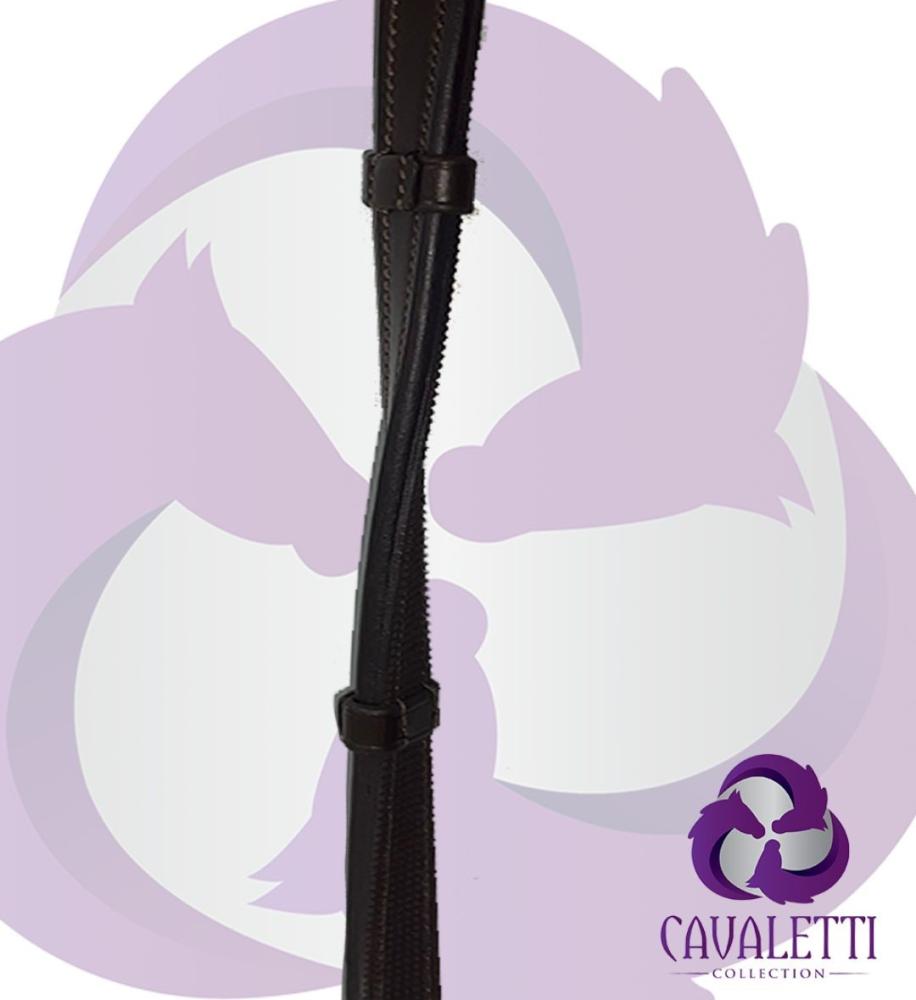
2. Laced Reins:
If you prefer a traditional look with added functionality, consider the laced reins. The intricate lacing detail not only enhances the aesthetics but also provides additional grip, making them suitable for various riding disciplines.
3. Padded Leather Reins:
Designed with added padding for enhanced comfort, these leather reins are perfect for horses with sensitive mouths. The padding helps alleviate pressure, resulting in a softer connection between horse and rider.
4. Flexi-Grip Rubber Reins:
Offering flexibility and grip, these rubber reins are designed to conform to your horse's mouth for optimal comfort. The rubber material ensures a secure hold even in wet conditions, making them ideal for all-weather riding.
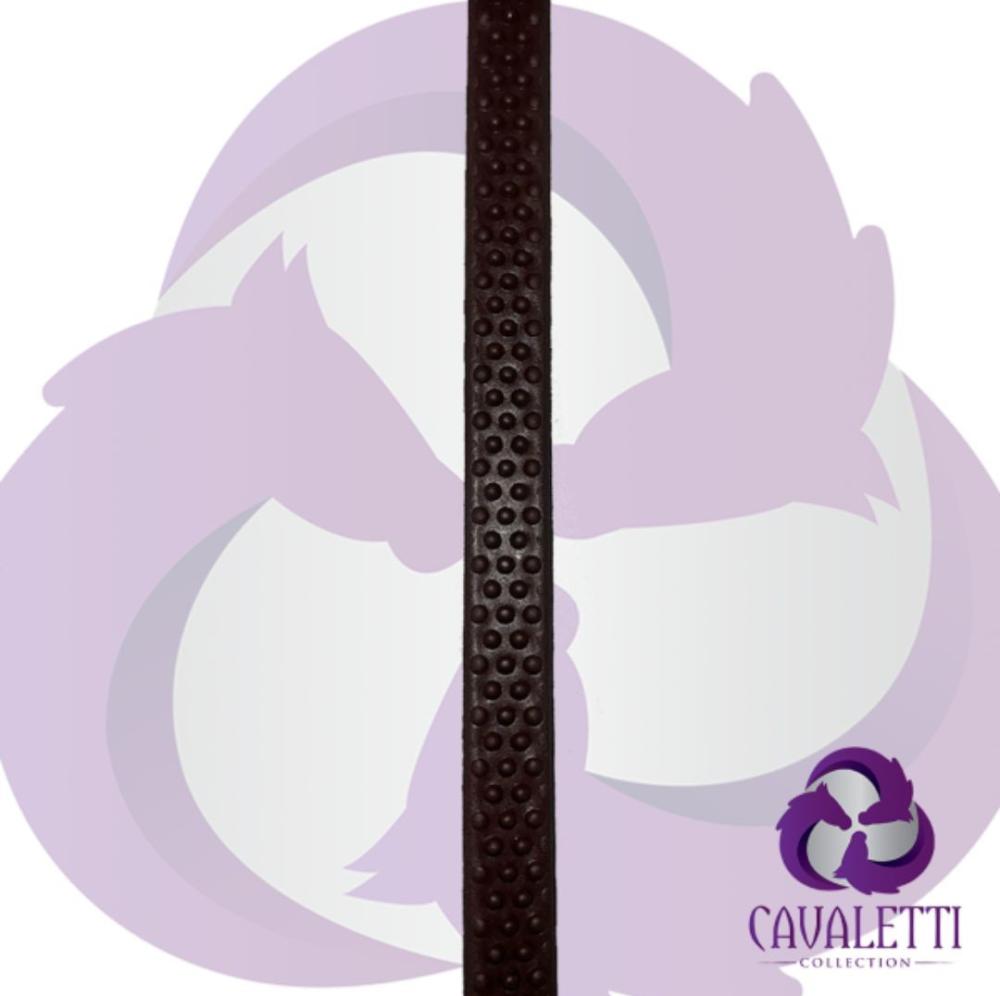
5. Standard Rubber Grip Rein:
For a classic option with a reliable grip, consider the standard rubber grip rein. Featuring rubber grips for enhanced traction, these reins provide excellent control without compromising on style.
How to Hold Reins:
Properly holding the reins is fundamental for maintaining communication and control while riding. Follow these steps for a secure and effective grip:
1.Begin by placing the reins in each hand:
Start by allowing the reins to rest between your thumb and index finger. This position provides a balanced foundation for a secure grip.
2. Close your fingers around the reins:
With the reins positioned between your thumb and index finger, gently close your remaining fingers around them. Ensure that your grip is firm enough to maintain control but relaxed enough to allow for flexibility and subtle movements.
3. Keep your hands in line with your horse's mouth:
It's crucial to maintain consistent contact with your horse's mouth through the reins. Position your hands directly in front of your horse's withers, keeping them at an equal height and in line with the bit. This alignment facilitates clear communication between you and your horse.
4. Maintain a straight line from your elbow to the bit:
Check that your arms form a straight line from your elbows to the bit. Avoid any excess tension or slack in the reins, as this can lead to confusion or discomfort for your horse. Keeping your arms relaxed yet engaged helps to establish a steady connection with your horse's mouth.
5. Practice adjusting your grip as needed:
As you ride, pay attention to your horse's responses and adjust your rein length and grip accordingly. For example, when asking for a downward transition or a halt, you may need to apply slightly more pressure through your reins. Conversely, when allowing your horse to stretch or move forward, you can soften your grip to give them more freedom.
By following these guidelines, you'll develop a secure and effective grip on the reins, enhancing your ability to communicate with and guide your horse during your rides. Remember to maintain a balance between control and sensitivity, always prioritizing the comfort and well-being of your equine partner.
What Reins are Best For My Horse?
When selecting reins for your horse, it's essential to consider several factors to ensure you choose the best option for your equine partner. Here's a closer look at what to keep in mind:
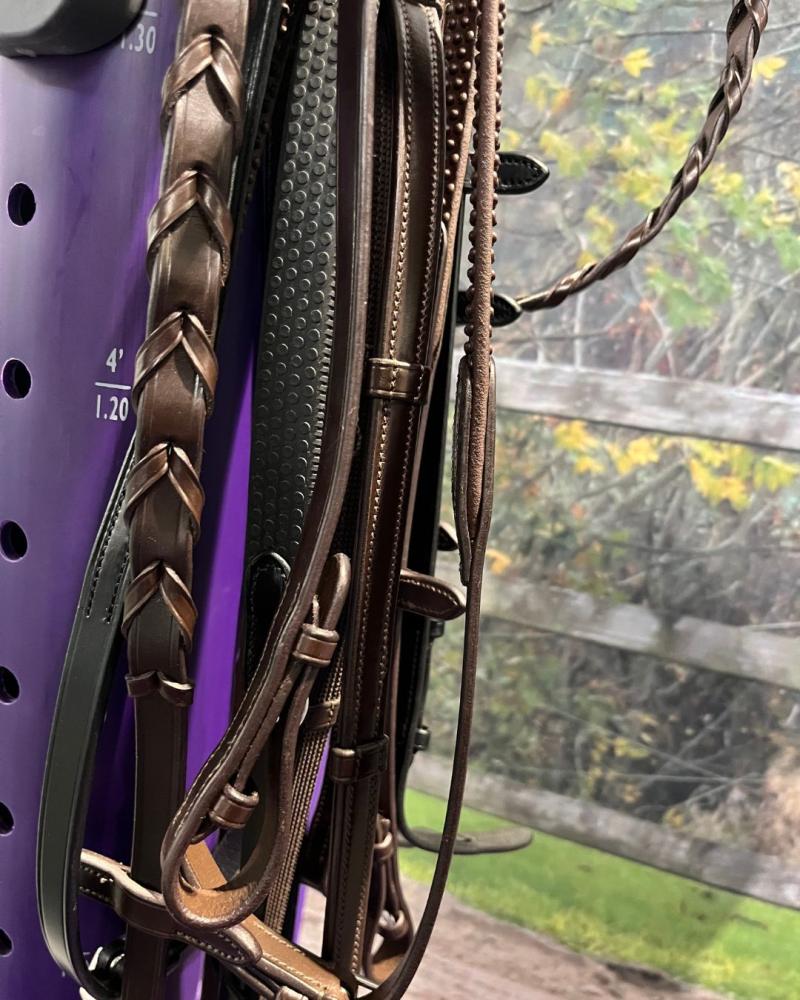
1. Discipline:
Different riding disciplines may benefit from specific types of reins. For example, dressage riders often prefer leather reins for their traditional appearance and subtle communication with the horse's mouth. On the other hand, riders in disciplines such as eventing or show jumping might opt for rubber or laced reins, which offer enhanced grip and control over fences.
2. Riding Style:
Your personal riding style also plays a significant role in determining the best reins for your horse. If you have a light and sensitive touch, you may prefer thinner and more flexible reins that allow for subtle communication. Riders with a stronger or more assertive riding style might opt for thicker or rubberized reins to provide a firmer grip and clearer signals to the horse.
3. Horse's Individual Needs:
Consider your horse's unique characteristics and preferences when selecting reins. For example, if your horse has a sensitive mouth, padded leather reins may offer added comfort and reduce pressure. Horses that tend to lean on the bit may benefit from rubber reins, which provide extra grip and encourage lighter contact.
4. Comfort, Grip, and Durability:
Regardless of the specific type of reins you choose, prioritize comfort, grip, and durability. Ensure that the reins feel comfortable in your hands and provide sufficient grip to maintain control, especially in challenging riding conditions. Additionally, opt for high-quality materials and construction to ensure the reins withstand regular use and last for an extended period.
By carefully considering these factors and evaluating your horse's needs and your preferences, you can select reins that enhance your riding experience and promote effective communication and control with your equine partner.
Remember to try out different options and seek advice from experienced riders or professionals if you're unsure about which reins are best suited for your horse. Ultimately, choosing the right reins contributes to a positive and harmonious partnership between you and your horse during your rides!








